When winter hits and the weather gets chilly, it’s time to search your closet for some cozy sweaters, warm gloves, and toasty scarves. However, with wool, leather, silk, fur, and many other warm fabrics being ethically questionable, a vegan’s choices are a bit limited.
Hence, many people began asking, “What about fleece?” Although there has been controversy surrounding this particular fabric, there seems to be light at the end of the tunnel.
Here, we’re going to uncover everything about fleece, its manufacture, uses, and whether or not it’s cruelty-free and environment-friendly.
So, buckle up and let’s go!
A Glance at Fleece’s History
The idea behind fleece belongs to Malden Mills, the original manufacturer of Polartec. The company’s initial products were wool and faux fur. That’s until the other half of the 1970s when it decided to partner with Patagonia to create a new synthetic fabric.
The new material should solve the problem of wool being heavy when wet, and its manufacturing process should be free of slitting animals’ throats.
The experiments finally succeeded after creating Synchilla, the first fleece ever made. Being robust, light, and insulating, the fabric made a huge success immediately. However, don’t you ever think why fleece is that affordable if it’s that good of a material?
Well, that’s because Aaron Feuerstein, the owner of Malden Mills, refused to patent fleece, wanting it to be accessible to all people. And to our delight, it’s still as affordable as it was to this day!
Is Fleece Vegan?
As mentioned before, fleece was created as a substitute for wool to spare the poor sheep’s lives.
Although it takes the name of the woolly covering of sheep and feels like it somehow, fleece is made of polyester, a 100% cruelty-free material. Theoretically, since no animals are involved, fleece is considered a vegan fabric.
We’d have liked to say that you can grab any fleece item from the shelf and wear it without worrying about any animals tortured in the process. However, the fabric industry always surprises us with its sneaky ways of involving innocent animals’ lives in the manufacture.
To add to the fabric’s quality and price, some manufacturers blend fleece with other materials. These materials could be rayon, hemp, wool, cotton, or any material that adds to the luxury and feel of the texture. While most of the fleece you’ll encounter is mixed with cotton, which is vegan as well, watch out for those blended with wool.
Natural wool is manufactured unethically and involves brutal methods. Although sheep aren’t necessarily killed in the process, they’re tortured, viscously wounded when sheared, and sold to slaughterhouses when their wool production declines.
Since veganism is against the exploitation of other living beings for humans’ gain, fleece mixed with wool or any other non-vegan fabric is considered non-vegan.
Is Fleece Good for the Environment?
There are many types of vegans, and environmental vegans are one of them. They don’t just care about animals’ welfare but about everything that affects the environment and the ecosystem. To hit two birds with one stone, environmental vegans look for materials that are sustainable and cruelty-free at the same time.
Although pure fleece passed the first test and was considered animal-friendly, unfortunately, it seems to have a harmful effect on the environment.
For one thing, fleece is made from unsustainable resources and incorporates many chemicals to make it more durable and waterproof. Washing it sends portions of these chemicals and microfibers to the ocean, which endangers marine life. They affect fish’s ability to eat and reproduce and thus causes an imbalance in the food chain.
For another, although it’s made to be durable, it doesn’t stand many trips to the washing machine before it deteriorates and demands to be replaced. Since these materials don’t decompose naturally, they increase the non-biodegradable waste that causes pollution and harm animals.
What about Eco-fleece?
Eco-fleece is the fleece made from recycled plastic bottles. While it uses fewer resources and reduces the amount of waste in general, it still doesn’t solve the problem of microfibers.
Is it the ultimate solution? No! Many fish are subjected to starvation and death due to the massive microfiber waste in the sea. If you’re a true vegan, that should concern you because this fabric is causing harm to living beings, even if it’s indirect.
What’s Fleece, and How is it Made?
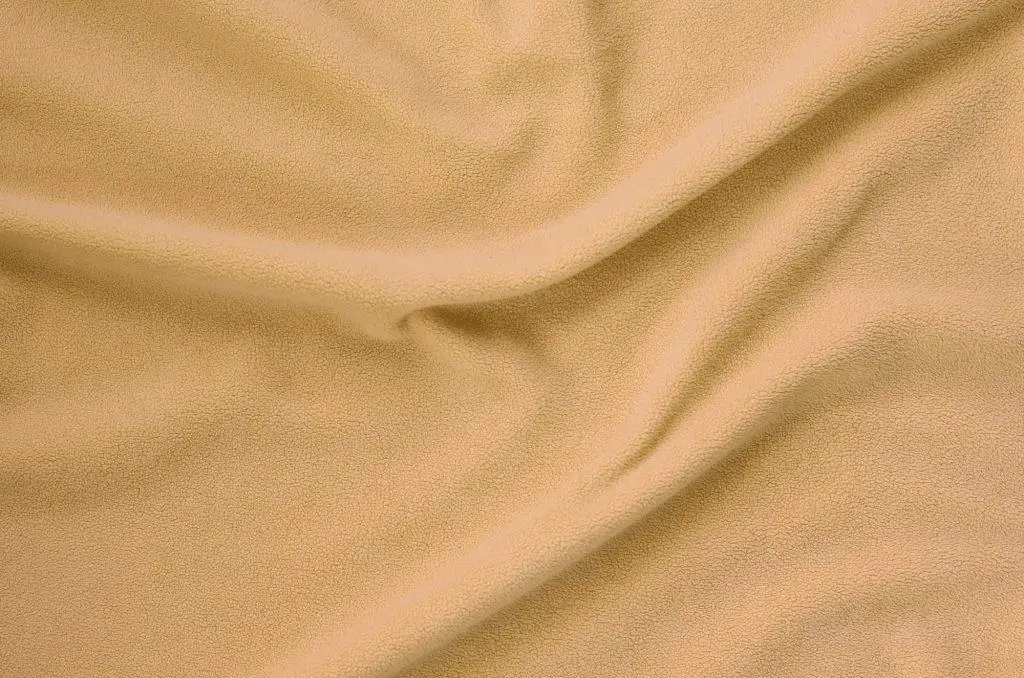
Fleece is a man-made fabric that’s been used as a lighter and more affordable alternative to wool. It’s made from PET (polyethylene terephthalate), which is a type of polyester that can sometimes be manufactured from recycled plastic waste.
The manufacturing process includes some petroleum derivatives, high temperature, and some chemical reactions. The derivatives used are terephthalic acid and ethylene glycol. When these two chemicals are heated at a high temperature, a viscous liquid of PET is formed.
Following this step, streams of viscous PET pass through spinnerets, which are spinning devices that have small holes through which the solution is forced to pass and form filaments. The threads are then left in the air to cool and solidify. Finally, they are spun into yarn and become ready for clothes making.
Compared to other winter fabrics, fleece is an excellent insulator and an ultra-durable material.
It traps air in the pockets between its fibers and uses your natural body heat to warm it, making an extra warm layer around your skin.
Comfort-wise, the material is lightweight and has a high huggability factor. It wicks water quickly and dries in a matter of seconds, which makes it waterproof as well.
What is Fleece Used For?
You can find fleece in pretty much anything from ear-warmers and hats to blankets and underwear. The fabric’s versatility is no joke.
Fleece has unparalleled anti-perspiration qualities and superior breathability, making it present in many athletic garments. Thanks to its ability to sustain the body’s heat, it dominates people’s winter closets.
On top of that, owing to its super-soft feel and smooth surface, it holds prints well and can be made in any color. The ability to be shaped in different designs makes it the perfect choice for winter fashionistas, enthusiastic athletes, and geeky clothes lovers.
So, Should We Buy Fleece?
There’s no direct answer to this question. It depends mainly on how you perceive the concept of veganism.
Some vegans consider the fabric safe as long as it doesn’t involve animal exploitation only. Environmental vegans would inspect the fabric’s effect on the environment as well as the animals. Others would go as far as refuse to buy the material if the manufacturing process involved human enslavement or underpaid workers.
It all depends on your beliefs. If you choose to accept fleece as a vegan fabric, we advise you to check the tags before making the purchase.
Usually, the word “fleece” is enough to consider the item safe. However, if you notice “wool fleece” or any other non-vegan material beside the word “fleece,” leave the item on the shelf and walk away with a light heart because you’ve just refused to participate in an ugly crime.



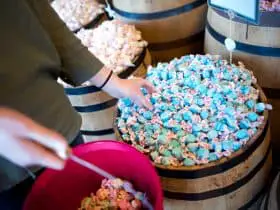
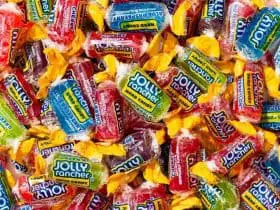

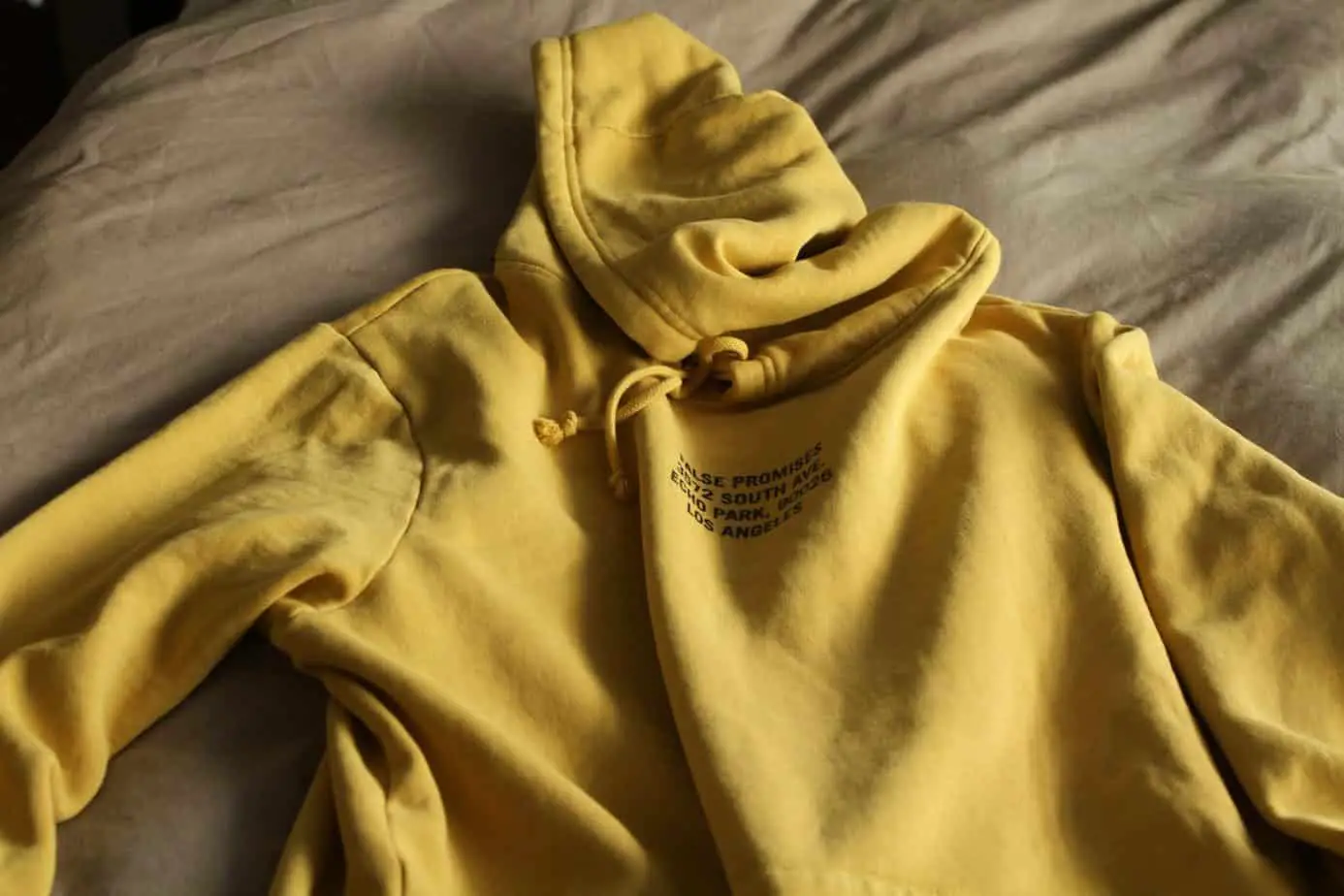
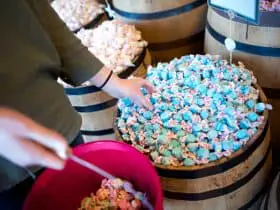

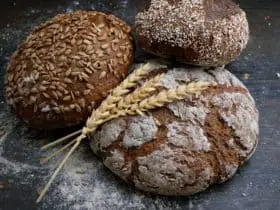


Leave a Reply